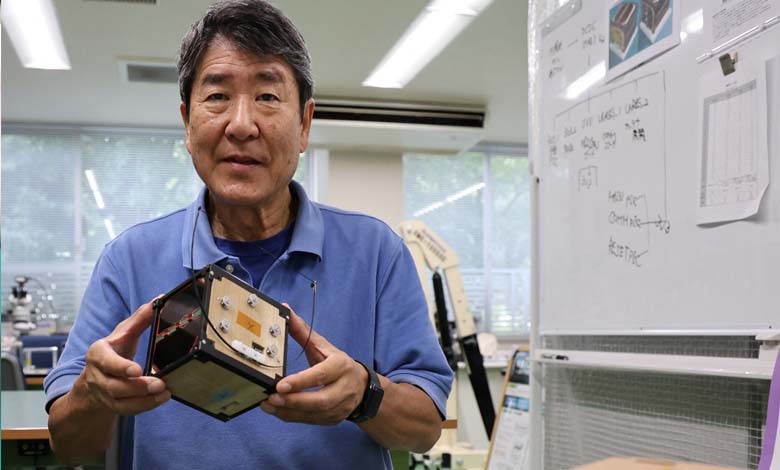The First Wooden Satellite in the World Launched from Japan

Japanese researchers launched today, Tuesday, the world’s first wooden satellite, named “Lignosat,” in a test aiming to explore the use of wood in space missions, such as those to the Moon and Mars.
-
Launch of satellite to study causes of fires and hurricanes on earth
-
SpaceX launches 23 satellites in launch mission number 58
“Lignosat” was developed by a team from Kyoto University in collaboration with Sumitomo Forestry, a company specializing in home construction. The satellite will be transported to the International Space Station by a SpaceX rocket and later deployed into orbit at about 400 kilometers above Earth.
“Lignosat” is small, roughly the size of a palm, and aims to demonstrate the potential of renewable materials as humanity explores life possibilities in space.
-
China launches new Earth observation satellite
-
The U.S. Approves the Resumption of Falcon 9 Operations
Astronaut Takao Doi, who leads the project, stated, “By using wood, a material we can produce ourselves, we will be able to build houses, live, and work in space indefinitely.”
According to “Reuters,” this project is part of a 50-year long-term plan to plant trees and construct wooden houses on the Moon and Mars, which requires proving that wood can be used as a viable building material in space. Kōji Murata, a professor of forest sciences at Kyoto University, commented on the use of wood, saying, “Early 20th-century airplanes were made of wood. Making a wooden satellite should also be possible.”
-
The “White Dwarf” Mystery: What Earth Will Look Like After Billions of Years
-
Discovery of 4 Celestial Bodies in Egypt
Murata explained that wood is more sustainable in space, where the absence of water and oxygen prevents it from rotting or igniting.
In addition, the wooden satellite helps reduce environmental impacts at the end of its lifecycle. When conventional satellites re-enter the atmosphere, they produce aluminum oxide particles, while wooden satellites are expected to burn with a lower pollution rate.
Doi noted that “metal satellites may be banned in the future.” If “Lignosat” proves successful, the team hopes to present their findings to SpaceX, led by Elon Musk, to further explore future applications of these innovations.












